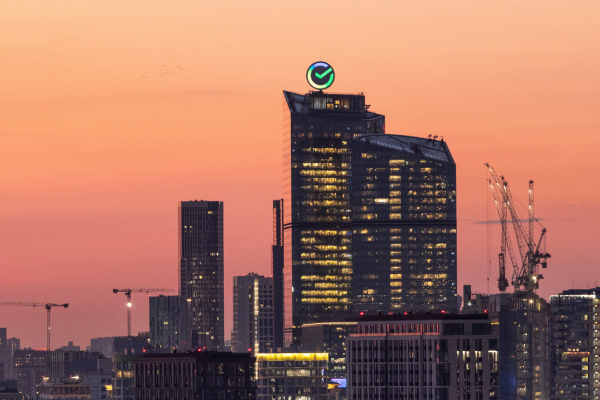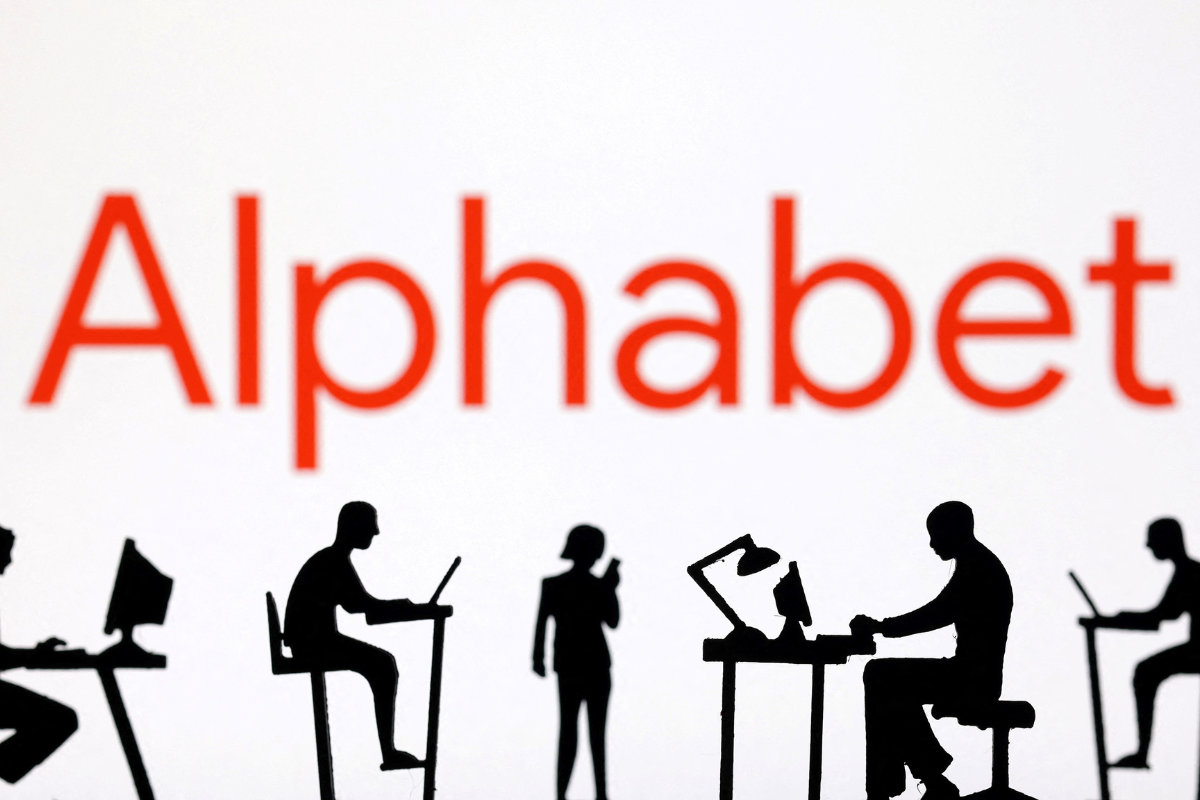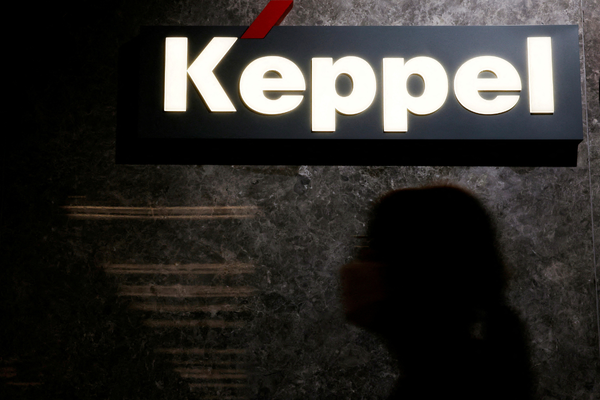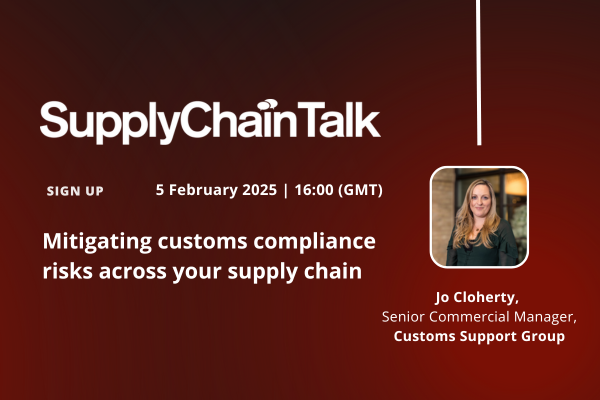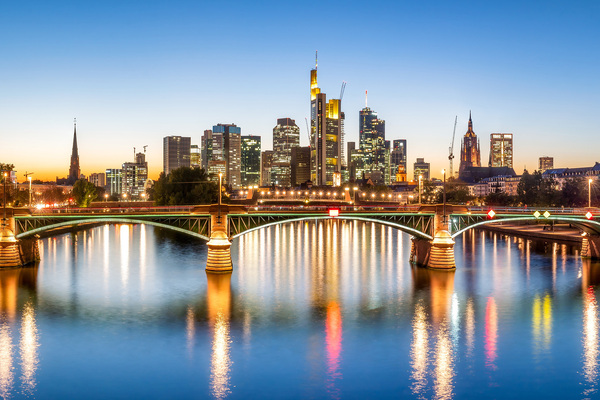SupplyChainTalk: Nth-party supplier risks in the modern supply chain
On 29 January 2025, Supply Chain Talk host Alastair Charatan was joined by Pam Wiseman, Principal - Supply Chain Strategy, Supply Chain Advisory Services LLC; Agnes Clare Odimarha, Supply Chain Lead, Shell; and Marcelo Arantes, Chief Operating Officer, Grupo Elfa.
Views on news
The BBC presenter Chris Packham and the former Green party leader Caroline Lucas have resigned from the RSPCA animal-welfare charity, accusing the organisation of “legitimising cruelty”. It comes after an undercover investigation from Animal Rising, which campaigns for a plant-based food system, used hidden cameras to reveal animal cruelty at RSPCA-approved abattoirs.
Multi-level global supply chains are hard to manage. In this case, a third party certification agency let down companies, which suggests that even certified suppliers must be monitored. Even suppliers that a company procures goods from for purposes unrelated to its core activity – such as uniforms for airlines – must be screened.
Why lower tier supplies matter
The risks hidden in the lower levels of your supply chain can be just as real as those presented by your primary suppliers. Transparency all the way to the bottom is key as your clients won’t make any distinctions between the first and the Nth tier if you put their reputation at risk. Even having your suppliers nearshore can’t take all the risks out of your supply chain.
Getting suppliers to sign up to your code of conduct is crucial and may be helpful in legal disputes, but reputation damage can take years to mend, and sales may never recover from them. With hundreds of suppliers, though, it’s impossible to monitor all of them directly. It’s also key that even the Nth tier suppliers know who they are building the products for.
Quarterly business reviews (QBR) and meetings with the leadership can help you establish where the highest risks are either because these companies provide critical components or because of their geopolitical location. Regarding your primary suppliers as partners and understanding their corporate cultures and how these align with that of your company are also critical steps to derisking Nth tier suppliers.
Your suppliers must also be aware that they can get an unscheduled visit from you any time. Building flexible contingency plans is also crucial. If suppliers down the chain provide critical parts, your company may consider building stronger relationships with or even acquiring them.
Real time visibility and checking material in transit are also important tools. As for dashboards, you can use supply risk solutions, Tableau supply chain analytics or Power BI, but they won’t make any difference unless you look at and interrogate the data they provide. Via automation, you can comb a supplier’s tracking system and combine the figures they provide with QBRs. Procurement platforms (e.g., SAP SCM) are great tools for having a single view of your supply chain and managing it.
The transparent records of product movements in the supply chain enabled by blockchain and RFID can help with tracing back processes to their origin. However, the poor implementation of these technologies may result in little added value to the efficiency of the supply chain.
The panel’s advice
- You can delegate authority but can’t delegate responsibility and accountability.
- You can’t eliminate all the supplier risk. There are ones that you can’t cover.
- Don’t make your supply chain complicated unnecessarily.
- Nothing is as good as in-person visits to suppliers.

Business Reporter Team
Related Articles
Most Viewed
Winston House, 3rd Floor, Units 306-309, 2-4 Dollis Park, London, N3 1HF
23-29 Hendon Lane, London, N3 1RT
020 8349 4363
© 2025, Lyonsdown Limited. Business Reporter® is a registered trademark of Lyonsdown Ltd. VAT registration number: 830519543

